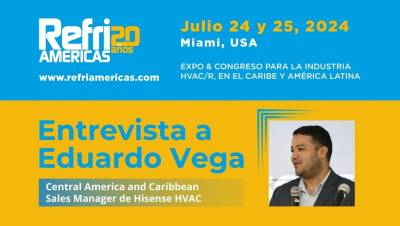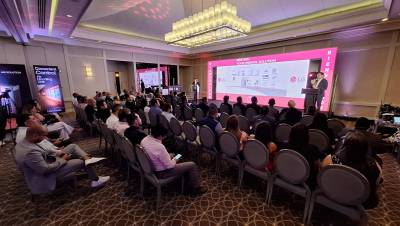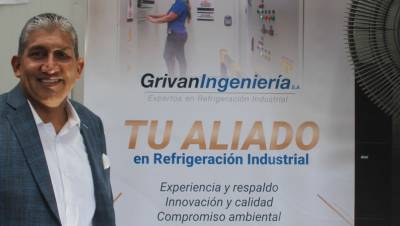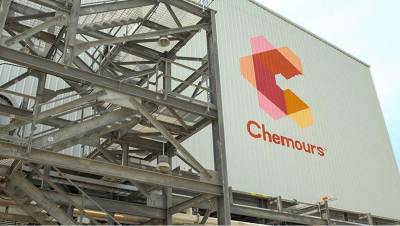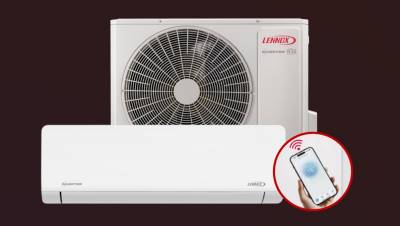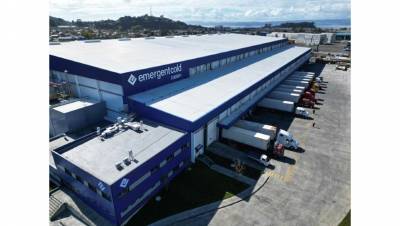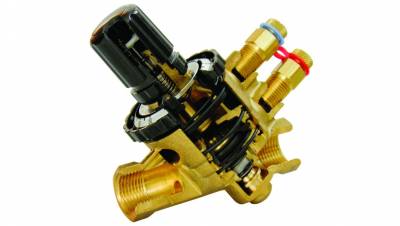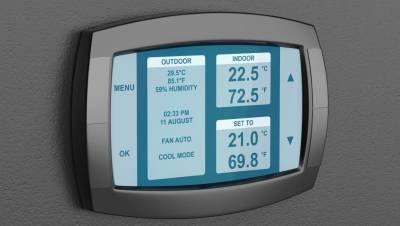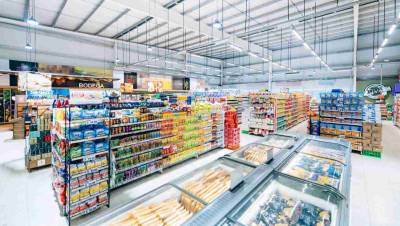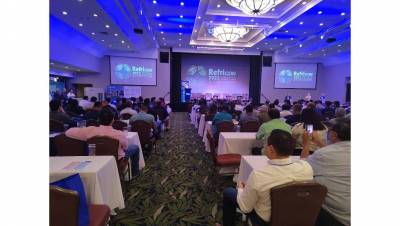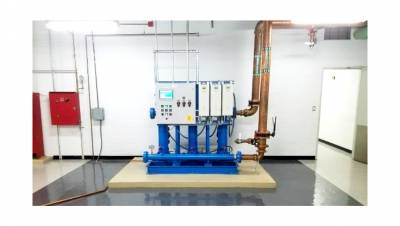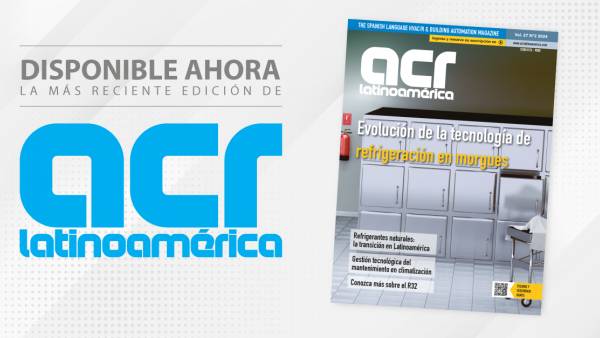Energy efficiency encompasses all improvement actions that seek to minimize the required energy consumption, maintaining or improving service and quality performance. For its recording and control, energy consumption indicators are used to measure how well the available energy is being used in the realization of a result. An energy efficiency indicator is defined as the ratio between a service, function or value delivered and the energy converted to provide it. Energy efficiency and its components use a physical metric, an engineering definition and not economic.
In a broader concept of energy efficiency (EE) involves energy efficiency proper, economic efficiency and environmental protection, the latter increasingly important (Fig. 1). These three aspects do not always go hand in hand and the improvement actions of the EE have to be directed to reconcile the three objectives.

Something very important to consider is that the focus of the EE analysis should be on the services provided by energy and not on energy sources. When we turn on the light it is because we need visibility and not an electric splice or a generator motor. This change of approach is not trivial. Even the terms we use confuse in this aspect, for example the term "air conditioning" refers to heating or cooling air, however the objective sought is not to treat the air but to provide thermal comfort to people.
Another point to highlight is that the focus of the analysis should be on the system as a whole and the service it provides, and not on the efficiency of each team, as this way better results are obtained.
For this it is important to properly identify the product, service or activity that is the ultimate objective of the analyzed installation and that requires energy to achieve it. For energy savings must be related to the desired achievement.
Life cycle
An important methodological tool when studying the costs generated by energy-consuming equipment is the Energy Analysis of Life Cycle Cost. It is a restricted version of Life Cycle Assessment (LCA) that evaluates the environmental burdens associated with a product, process or activity. The first only considers the analysis of energy, leaving out of the analysis the raw materials used and the waste originated.
It is a decision tool that compares the costs of acquiring and operating systems that use energy, such as steam generation, heating, cooling, lighting, building envelope, domestic hot water, etc. It provides a method to evaluate different system options that use energy and select the most effective and lowest cost (cost-effective).

In Fig. 2 we can see the cost generated throughout its useful life 3 electric motors of different power. As you can see, the acquisition cost represents a maximum of 10% and the energy cost even reaches 90%. Therefore, investment decisions should always consider the life cycle cost of the technology and equipment to be acquired.
When in a work the builder or installer is different from the end user, there are conflicting objectives that hinder the acquisition and installation of efficient systems. The former seek the minimum cost of acquiring the equipment, the user instead seeks low operating costs. It is the latter that must demand high standards of energy efficiency than requested, however it is usually the one with the least specific knowledge.
Energy efficiency techniques applicable to heating and air conditioning systems
Decreased energy needs
· Proper system design and equipment selection.· Correct use of thermal insulation.· Proper consideration of insolation in the design of glazing (windows) and lighting.· Efficient lighting, equipment and appliances.· Set point and temperature control.
Use of free energy
· Use of outdoor air (free-cooling).· Evaporative cooling.
Increased energy efficiency
· Zoning of the equipment to meet your particular needs.· Adequate selection of evaporation and condensation temperatures.· Use of fluid distribution systems with variable speed motors.· Application of heat pump equipment.· Cogeneration systems.· Use of condensation heat from refrigeration equipment or heat from fumes in boilers.· Heat recovery from ventilation discharge air.· Methods of thermal accumulation.
Correct system regulation
· Correct initial regulation.· Periodic regulation to maintain high levels of efficiency in the working range.
Proper selection of equipment
The selection of equipment of very high or very low capacity in relation to what is required, makes the components work away at their point of maximum efficiency, decreasing the overall efficiency of the system. For example:
· Ducts or pipes of small diameter produce a greater loss of load in the system requiring fans and larger pumps. It also happens with the type and quantity of the singularities (elbows, shunts, valves, etc.) of the route. A well-designed system allows for smaller fans and pumps and lower power consumption.
· An underutilized electric motor works with low performance and low power factor, being able to consume even more energy than a smaller motor used at high load levels.
· Very small coils – relative to a given capacity – demand larger liquid flows to meet capacity. Very large, underutilized coils have low heat transfer coefficients.
· Fans selected at a working point far from their peak performance point demand more power per unit of displaced flow.
Obviously, the energy aspect is not the only thing to consider when selecting a team and it is not always possible to reconcile the requirements with the maximum performance of a team.
Free cooling
Free cooling means the use of external environmental conditions to cool or heat, avoiding or reducing energy consumption. In the case of air conditioning, this is possible when the enthalpy of the outside air is less than the target enthalpy for the environment to be cooled, and vice versa in the case of heating. Obviously this can be done within the limits of comfort for people. Figure 3 shows a free cooling cycle,
Air-to-air heat recuperators
When it is required to renew the air in an enclosure, a thermal load is added to the system (or lost if it is heating). This loss of energy can be important especially when it is not possible to recirculate part of the air (clinics, hospitals, laboratories) to reduce the thermal load. Also in places that require high rates of air renewal (restaurants, theaters, etc.).
Air-to-air heat recovery systems allow the renewal of fresh air with minimal loss and lower consumption in cooling or heating equipment. Indirect air-to-air heat recuperators can be distinguished by using coils, as shown in Figure 4.
 In the case of direct air-to-air heat recuperators (fig. 5), it is a set of plates that separate two air flows that circulate against the current or cross-current.
In the case of direct air-to-air heat recuperators (fig. 5), it is a set of plates that separate two air flows that circulate against the current or cross-current.
In the case of regenerative systems (regenerative wheels) there may also be latent heat exchange. There are small air leaks between one flow and another, so they are not appropriate where high air hygiene conditions are required (hospitals, laboratories).
The benefits that can be had with these equipment are:
· Up to 70% efficiency.· Savings in electrical energy to generate cold (chiller) and fuel to generate heat (boiler).· Saving electrical energy for water circulation (pumps).· When considered in the design of the system, they allow the reduction of the size of the equipment necessary to cool the environment and therefore a lower investment cost.
Air and fluid flow control
For the mobilization of air and fluids the use of fans and pumps is required, but maximum capacity is not always required, so usually the systems operate by turning on and off (control on / off) to maintain the desired conditions. However, this in relation to a continuous control demands over time a greater electricity consumption.
By varying the rotational speed of a fan or pump you can have the right flow required, minimizing energy consumption.
In the case of ventilation, flow regulation is particularly useful for:
· Regulate comfort conditions by controlling air flow.· Precision air conditioning.· Maintenance of air flow despite fouling of filters (hospitals, clinics, laboratories).
In Figure 6, you can see a diagram with the losses that are generated in an indirect drive fan with frequency converter. Only 54% of the energy is contributed to the air as static speed and pressure, the rest is lost.
In Figure 7, we can see how performing a flow control by means of a damper, we restrict the air passage section causing greater friction (reflected in increased static pressure). What is done is to dissipate part of the energy delivered to the air to decrease the useful energy (in this case the kinetic energy and therefore the air flow). That is equivalent to cooking with a high flame and that when we wanted to reduce the heat supply, instead of putting the burner on low flame, we would divert part of the flame so that it would be lost in the environment. That is to say, we have not reduced energy consumption and what we do is throw away part of the energy, impoverishing efficiency.
On the other hand, by varying (in this case decreasing) the rotational speed of the fan, what we do is effectively reduce the energy supply, maintaining high levels of efficiency. The static pressure decreases and the air flow decreases, following the curve of the system. No energy is thrown away, only the necessary energy is provided.
In Figure 8 we can see reflected the variation of the power consumed in the case of using a control by damper compared to the use by speed control rotation.
In the case of fans there are several ways to control the rotational speed of the fan. Figure 9 shows a comparison of the energy consumption for different fan rotational speeds: by voltage regulation, by means of a frequency converter and with electronically switched motors (EC). This latest technology combined with the optimized design of the fan motor assembly allow the best levels of efficiency for each state of charge of the fan.

By applying energy efficiency criteria in the design of the facilities, in the selection of equipment, in the modification of existing installations, in maintenance, in the configuration and in the control after commissioning, it is possible to achieve significant savings in operational expenses for energy. These savings allow to finance in a short time the additional costs that may mean the equipment and the necessary modifications.


